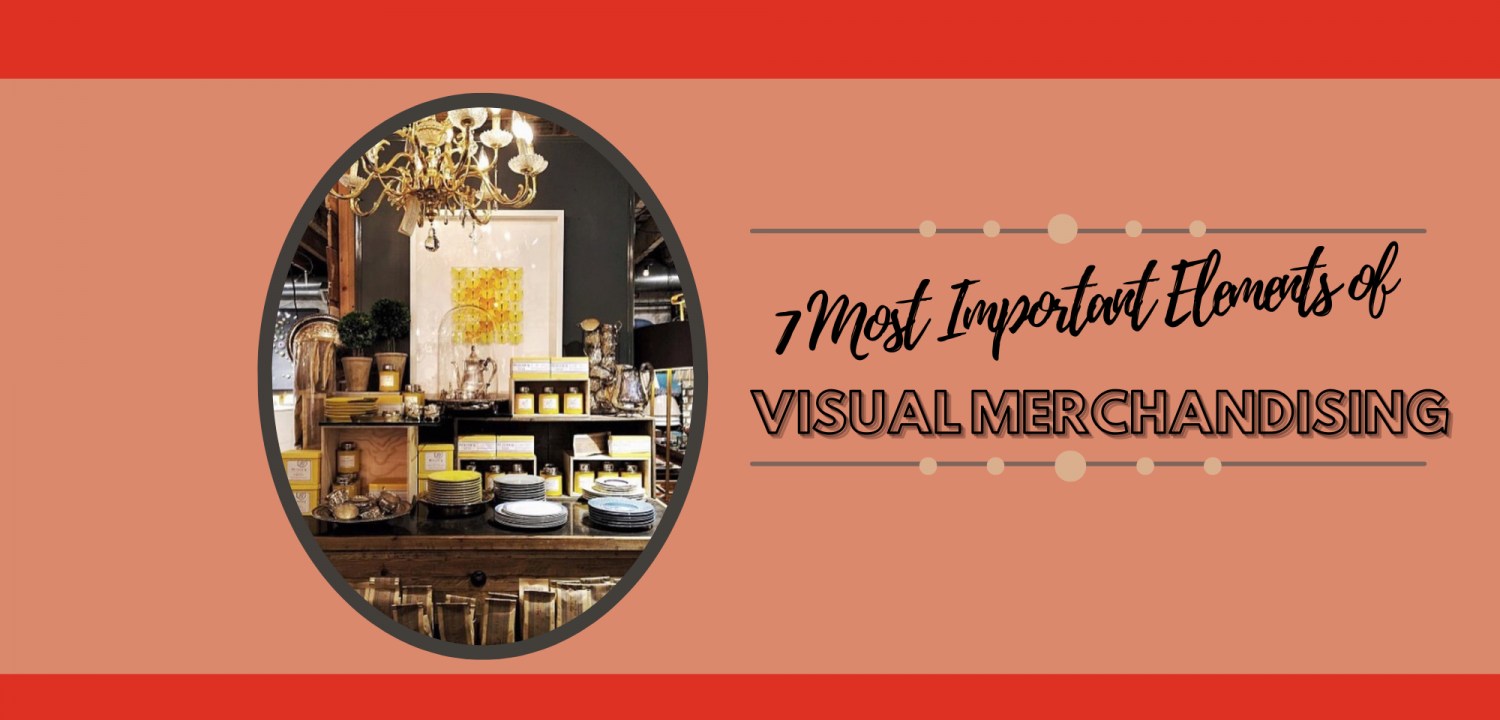7 Most Important Elements of Visual Merchandising
Visual merchandising is the art of presenting products in a way that engages and attracts customers, while also enhancing the overall shopping experience. There are several key elements that are important for successful visual merchandising in retail stores. Here are seven of the most important elements to consider:
- Lighting: Lighting is a critical element of visual merchandising. It can be used to highlight products, create mood and atmosphere, and guide customers through the store.
- Color: Color is another important element of visual merchandising. It can be used to create a sense of mood, attract attention to products, and establish brand identity.
- Layout: The layout of a store can have a significant impact on the customer experience. A well-designed layout can create a sense of flow, guide customers through the store, and make it easy for them to find what they are looking for.
- Signage: Clear and effective signage is essential for visual merchandising. It can be used to guide customers through the store, highlight promotions, and provide information about products.
- Displays: Displays are a key element of visual merchandising. They can be used to showcase products, create a sense of excitement, and encourage impulse purchases.
- Props: Props can be used to enhance the overall aesthetic of a store and create a sense of atmosphere. They can also be used to showcase products and create a sense of excitement.
- Technology: Technology is increasingly being used in visual merchandising to create interactive displays and enhance the customer experience. Examples include virtual and augmented reality, interactive kiosks, and digital signage.
By paying close attention to these seven elements of visual merchandising, retailers can create engaging and memorable shopping experiences for their customers.
What is the most important element of visual merchandising
Creating an engaging and memorable customer experience is a crucial aspect of successful visual merchandising, as it can help to build brand recognition and increase customer loyalty. Other important elements may include creating a cohesive and visually appealing store design, using effective lighting and signage, and developing eye-catching displays that showcase products in an appealing way.



